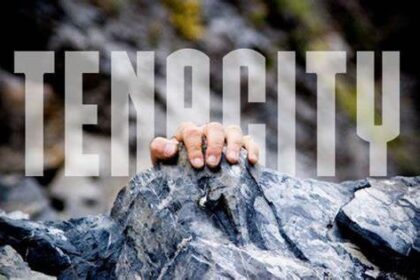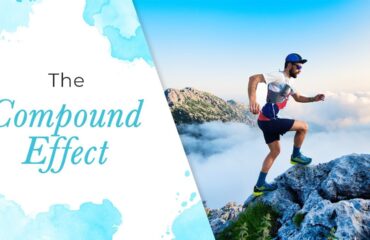
One of the most tenacious known animals in history is the Tardigrade also known as water bears. These eight-legged water dwelling micro animals are believed to have been around for the last 530 million years. The reason why these animals are considered tenacious are:
- They can tolerate wide ranging temperature ranging from zero to above 100 degrees centigrade.
- Can tolerate very high pressure even up to 6 times of what prevails in the deepest parts of the oceans.
- Can tolerate radiations of multiple levels higher than what human beings can tolerate.
- They can survive without food or water for almost a decade.
- They can also survive in conditions with almost no air.
Most of the conditions were put to test when these animals were sent on a space mission aboard the space shuttle.
Tenacity gets represented as different words across different segments of work. It’s called grit in some sectors like education. It’s called resilience in the medical fields, persistence in the research field and at times even mental toughness in the sporting world.
So, what are some the key characteristics that we usually associate with someone who is considered tenacious or resilient?
- G.. Goals
Tenacity involves working towards a goal both short term and long term. Had just started reading the biography of Arnold Schwarzenegger called Total Recall and its interesting to see the different goals that he had set for himself in various stages of his life. This is true for almost all of us whether we are more resilient or have less tenacity.
What’s also interesting is we work at our most efficient levels often referred to as flow state when the goals that we have set for ourselves and mentally and physically arousing. So, a goal which is meaningful for that person will set in the tenacity process for that person. And like I said earlier it is when we are mentally and physically aroused that we stay more focused.
2. F..Focus.
From an evolutionary perspective Focus has been the key differentiator that has decided who survived and who didn’t. So, when humans during the evolutionary period experienced hunger his survival instincts directed him to focus on the environment around for food to take care of his hunger. Arousal narrows attention and because of this focused attention they were able to see small things like a few trampled blades of grass which would otherwise have been overlooked. Those who were able to observe the minutest of opportunities got to the food faster and hence this got reinforced further and further.
The only difference in our goals since then is while in those times the goals were focused mainly on food and very short term today most of our goals are long term. It’s a different thing that each of these long-term goals are supported by multiple short-term goals.
While all of us focus on our various goals the individuals who can stay focused on their long-term goals for a very long period of time are seen as persistent, motivated and of course tenacious.
A couple of factors which drive the capability to stay focused for long periods of time are.
· Hereditary.
· Amount of effort and arousal that we can generate and also sustain.
3. H.. Hope.
This would have probably been one of the first real discoveries of mankind since all religious and traditional cultural stories are built on creating hope. What modern studies have found about the effects of hope on humans are as below. People who have higher hopes tend to also score high on all the below parameters.
· Satisfaction.
· Self-esteem.
· Optimism.
· Meaning of life.
· Happiness.
· Cope better with disease and pain and injuries.
· Perform better academically.
· Perform better in sports.
Hope is often explained as our desire to attach ourselves to positive outcomes as explained by Synder in his Hope theory.
4. C.. Coping.
In the quest of any goal big or small there will be obstacles which will keep coming up. However hopeful and focused we are when these obstacles keep continuing for long periods of time majority of people give up. Problems are inherently stressful and create anxiety. So basically, handling problems is managing stress and anxiety. There are basically two types of strategies that we have developed to handle these pressure situations.
· Emotion focused strategies.
· Problem focused strategies.
While the order of GFHC mentioned above as the key characteristics of tenacities can be different depending on each situation but each of the above fuels into the other and leads of the creation of the next characteristics. So, if you have your goals clearly defined you will then try to focus on them and if you are focused you will always stay goal oriented and so on.
Tenacity is a dynamic process and not a personal attribute that we either possess or do not possess. We initiate the process by focusing on goals that are arousing and which we feel driven to achieve. This fills us with energy and purpose. It is this sense of arousal that helps us to stay focused on the decided goals for a long term by managing to cope with all the struggles and problems that might come along.
Building multiple options to overcome challenges or finding work arounds helps us to adjust our behaviour and thinking to ensure that we do reach these goals. To continue getting more updates on building tenacity and other related topics please subscribe to my LinkedIn page, Rejo’s Business Bytes, or my website, RejoFrancis.com



